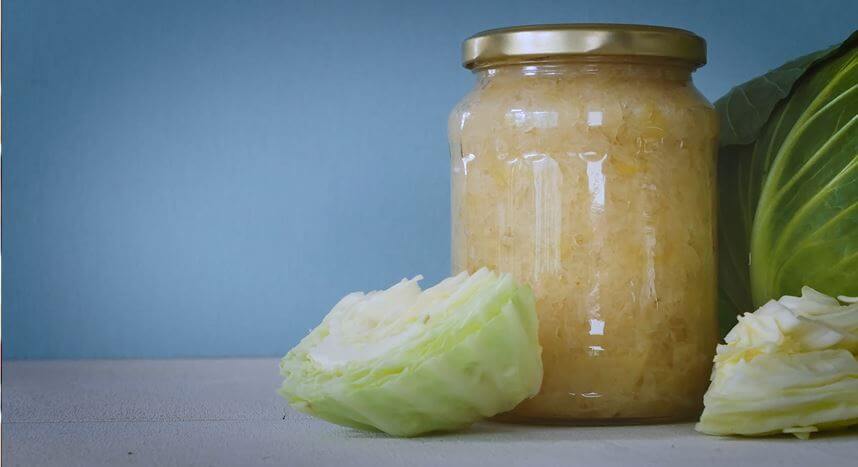How to make sauerkraut

Making sauerkraut at home is easier than you may think. All you need is cabbage, salt and time to let it ferment.
Sauerkraut, essentially just fermented cabbage, is a traditional European condiment which is growing in popularity in New Zealand due to the health benefits associated with fermented foods.
While you can buy it in shops, it is very cheap and easy to make your own at home. It’s also a great way to make use of a large cabbage as sauerkraut will keep for up to a year.
Ingredients:
- 1 whole cabbage (approx 1kg)
- 20g non-iodised salt
Method:
- Rinse the cabbage and pat dry. Remove outer leaves and save to use later.
- Cut the cabbage into eight wedges and remove just the very centre hard core.
- Weigh your cabbage so you can determine how much salt you need. You need 20 grams of non-iodised salt for every 1kg of cabbage.
- Slice each cabbage wedge crossways into thin slices and place in a large bowl.
- Add the salt to the sliced cabbage and with clean hands, massage the cabbage firmly for about 5 minutes. Cover the bowl with a cloth and set aside for an hour or so.
- After an hour, massage the cabbage again to help draw out the liquid.
- Pack the sliced cabbage and liquid into clean, wide-necked jars about 1 litre in size. You want to pack the cabbage in firmly.
- Place the reserved outer cabbage leaves on top of the sliced cabbage. Press it down well then place an egg cup or small glass inside the jar to keep the cabbage submerged below the liquid. Note: liquid should cover the cabbage at all times. If it evaporates add some more salted water.
- Place the jars on a plate to catch drips. Cover with a cloth and leave in a cool, but not cold, place out of the sun for at least a week or until sauerkraut tastes right. This can take up to a month depending on how cold the room is.
- Once the sauerkraut has fermented to your liking, remove any white scum and then place the lid on the jar.
- Keep in the refrigerator. It will last for up to a year.
Note: if whitish powder or scum forms on the surface of your cabbage leaves or around the rim of the jar it is perfectly safe to wipe it off. This is kahm yeast and occurs when not enough salt has been used. If blue or black mould appears, this indicates spoilage and the entire contents of the jar should be thrown away.